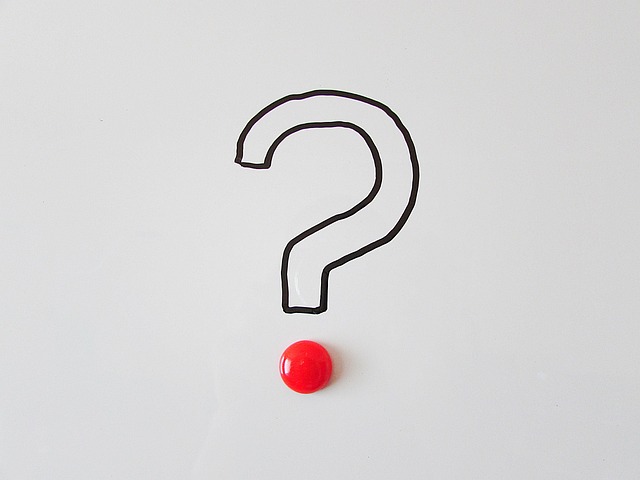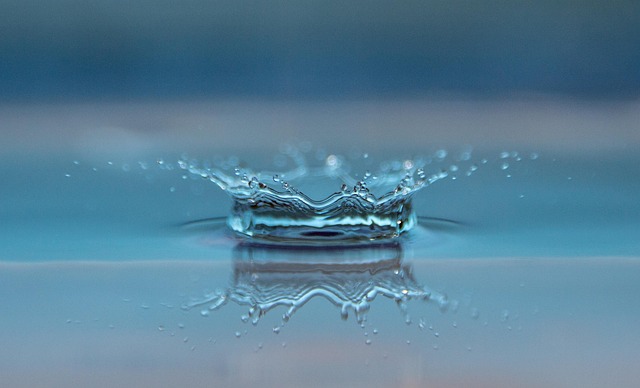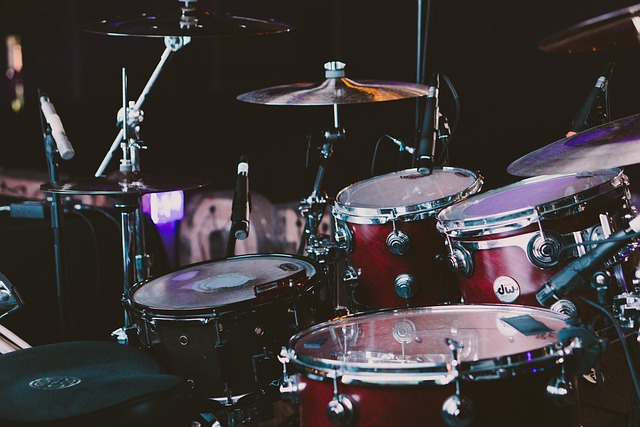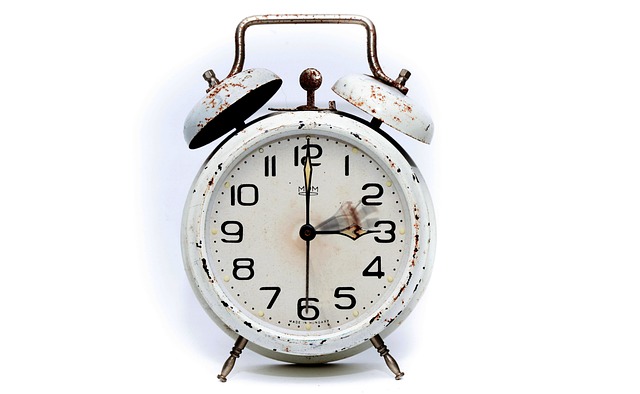Art and design have long been companions in the creative realm, yet there exists a unique synergy that emerges when we delve into the world of sculpture. Within this three-dimensional medium, the question arises: what exactly defines the essence of sculpture? Is it merely the form, the material, or the message it conveys? As artists and designers navigate these intricacies, they invite viewers to experience an unfolding dialogue that transcends traditional boundaries.
Sculpture often serves as a tangible representation of an artist’s innermost thoughts. Each curve, angle, and texture reveals layers of emotion, prompting us to engage with the work on a personal level. This connection creates a space for contemplation and introspection, where the viewer becomes an active participant in the experience. In this sense, the question of what constitutes art versus design becomes a fluid and dynamic exploration, largely dependent on the observer’s interpretation.
The interplay between art and design is particularly prominent in contemporary sculpture. Designers often incorporate artistic principles into functional pieces, transforming everyday objects into striking statements. Imagine walking through a gallery only to discover a chair that not only serves its purpose but also engages with the viewer on an emotional level. Here, the question shifts to whether utility can exist harmoniously alongside aesthetics. This convergence challenges preconceived notions and invites a broader understanding of what we consider to be art.
Furthermore, the visual language of sculpture has the power to evoke responses that linger long after the initial encounter. Artists often utilize materials ranging from clay and metal to found objects, each choice laden with meaning. When one stands before a sculpture, the physicality of the piece interacts with their senses, generating a question about the intent behind it. Does the artist aim to provoke thought, inspire change, or convey beauty? Or perhaps they seek to blur the lines altogether, prompting viewers to draw their own conclusions.
Consider the works of modern sculptors who explore themes such as identity, technology, and environmental issues. Their creations not only reflect societal concerns but also challenge audiences to reassess their relationship with the world around them. The question of how art and design intersect emerges as a compelling theme, encouraging deeper engagement with the narratives woven into each piece.
In public spaces, sculptures become landmarks that invite engagement from the community. They provoke dialogue, foster connection, and often spark controversy, igniting questions about cultural values and artistic expression. The very act of placing a sculpture in a prominent location transforms it from a solitary work of art into a communal experience, allowing the public to ponder its meaning while interacting with it in their daily lives.
Ultimately, exploring the intersection of art and design through sculpture invites us to reconsider our understanding of creativity itself. The questions that arise challenge the norms and boundaries we often take for granted. As we continue to engage with this powerful medium, let us remain open to the myriad ways in which art and design can coexist, intertwine, and inspire both artists and viewers alike.




